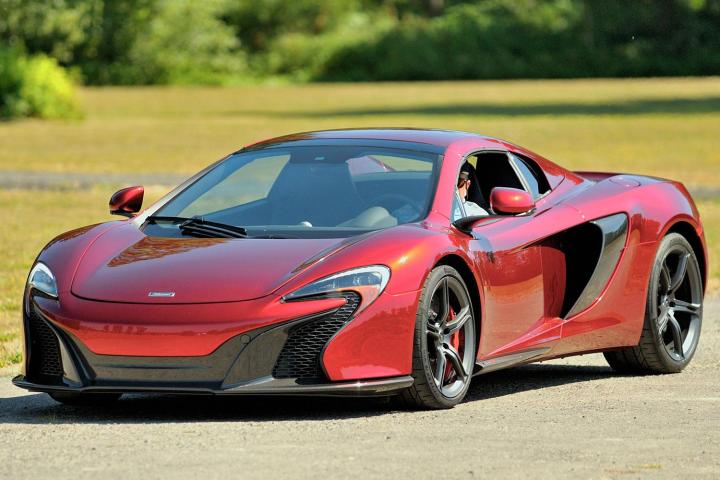
Contributing to the automaker’s success was the introduction of its Sports Series cars (570C, 570S, 570GT). These “entry-level” models integrate the design and performance of McLaren’s Super Series and Ultimate Series vehicles in a much more affordable package. Wealthy buyers who wanted something more unique than a Ferrari 488GTB or Lamborghini Huracan (yes, that’s possible), could now get into a McLaren for less than $200,000.
As impressive as McLaren’s Sports Series cars may be, the U.K. automaker can do far more to prove its engineering prowess via higher-end models like the 650S. When it was launched, the midrange supercar rocked the market with aerodynamic wizardry and a wild shape. According to Autocar, McLaren is planning the same level of drama with its 650S successor, the P14.
Set for reveal at the Geneva Motor Show in March, the P14 will reportedly be twice as aerodynamic as the 650S. One of the car’s most impressive features will be an active rear wing that stretches the entire length of the P14’s rear and pitches at a greater angle than before. Like the 650S, this wing will act as an “aero brake” to help cut speed, and can deploy in less than half a second.
McLaren also set to work on the P14’s cooling system, increasing efficiency by 15 percent via ducts within the car’s doors to force air from the top of the doors down into the radiators.
The P14’s foundation will be a new monocoque chassis with a more rigid structure and a lower center of gravity. The vehicle’s curb weight should be about 2,820 pounds, 440 pounds less than the Ferrari 488 GTB and 40 pounds less than the 650S. Power will still be provided by a twin-turbocharged V8, but displacement and output will increase over the 641 horsepower in the 650S.
“This is the first time we have replaced a product family,” said McLaren CEO Mike Flewitt. “The new Super Series will be a revolutionary leap forward, both for our brand and the supercar segment.”
The P14 will be one of 15 new McLaren models due by 2022.


